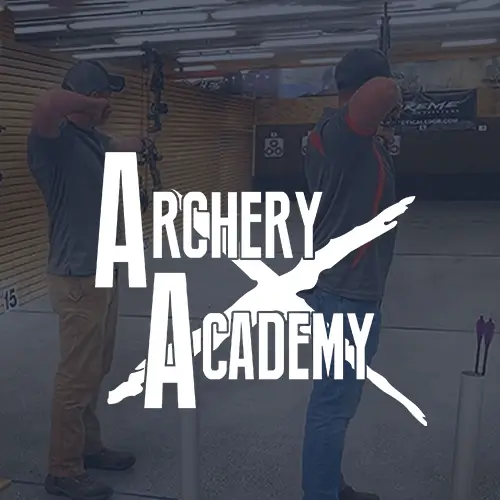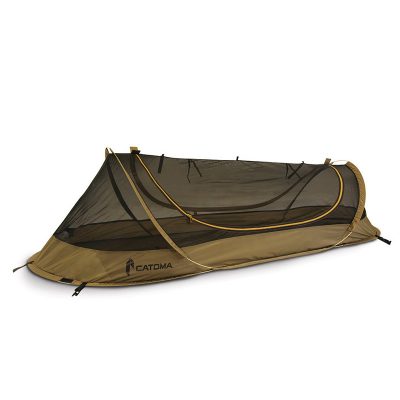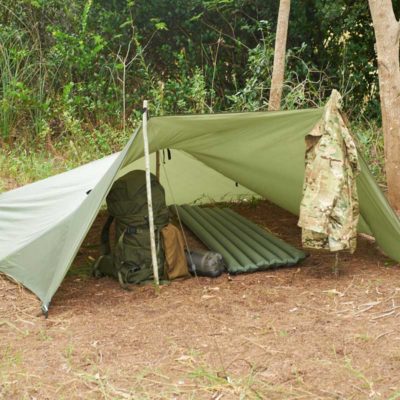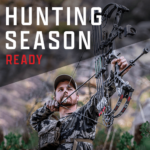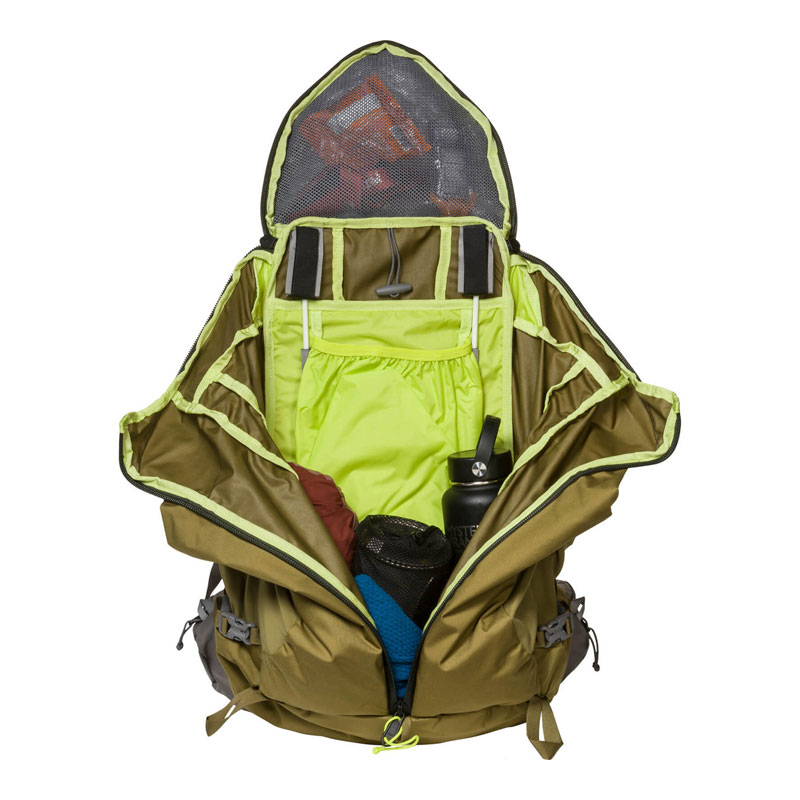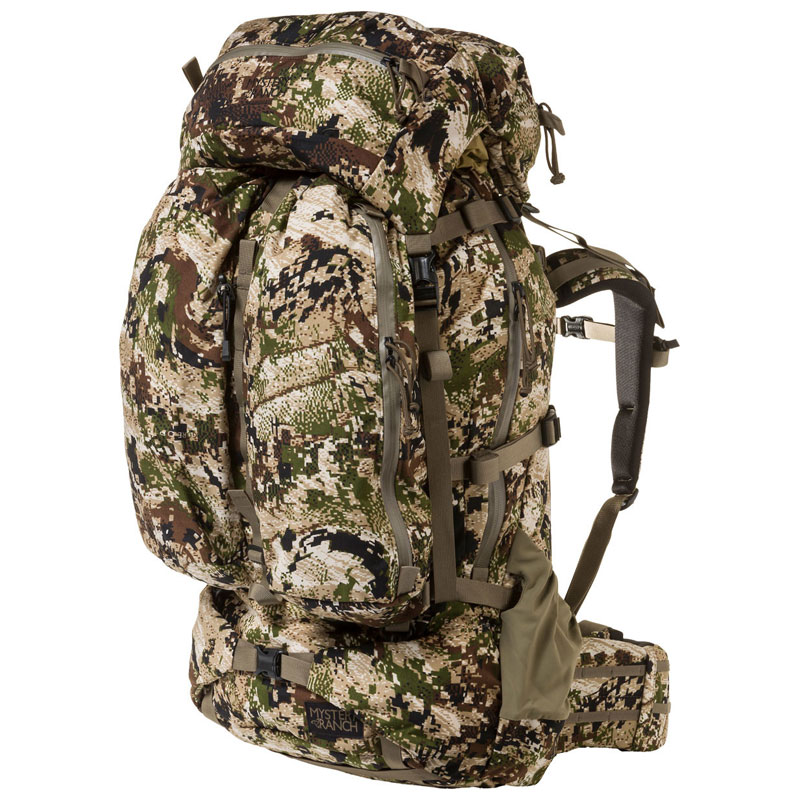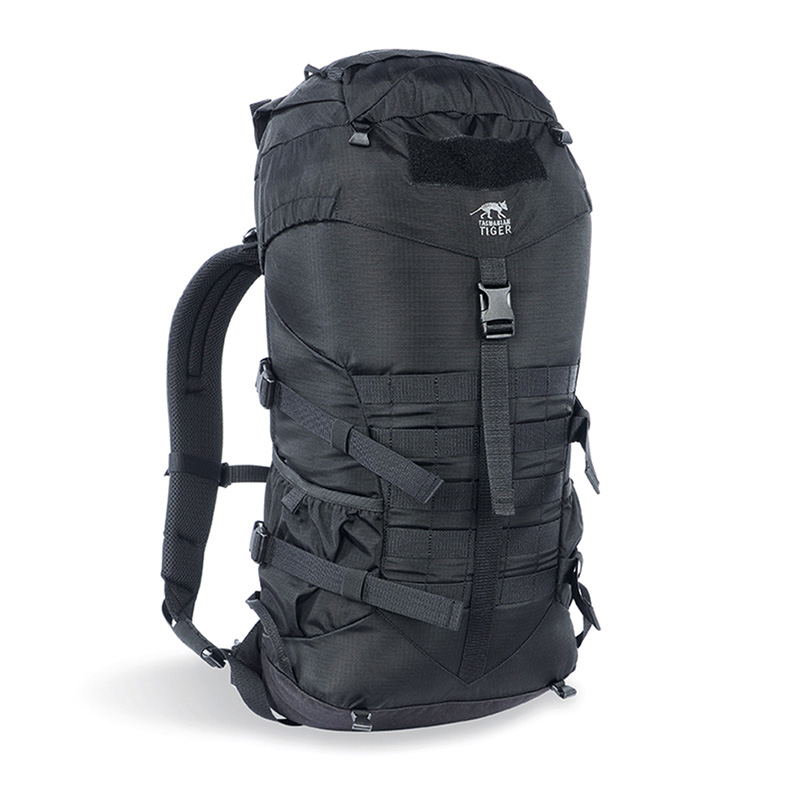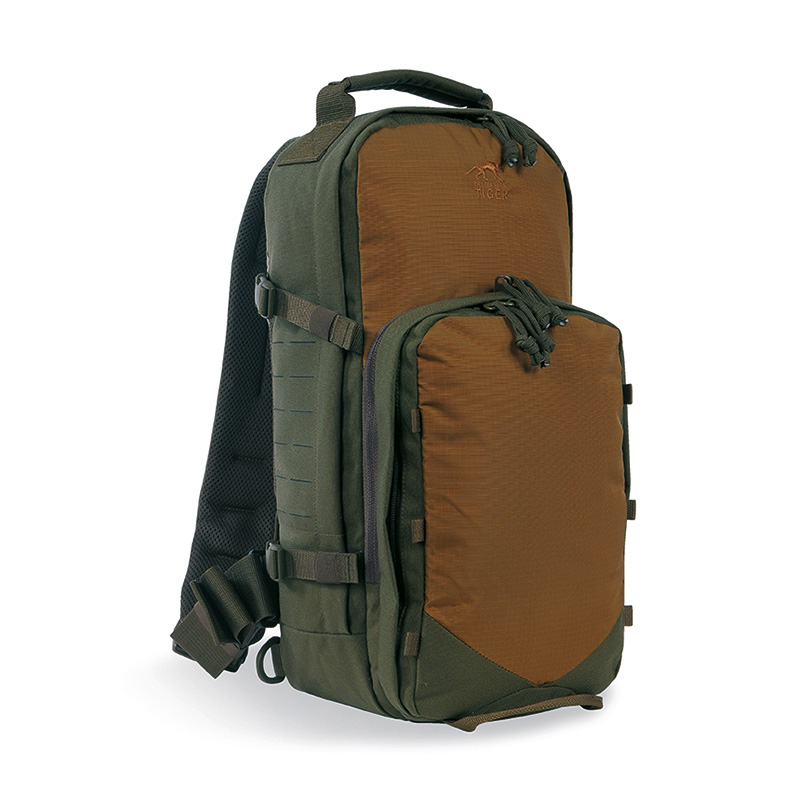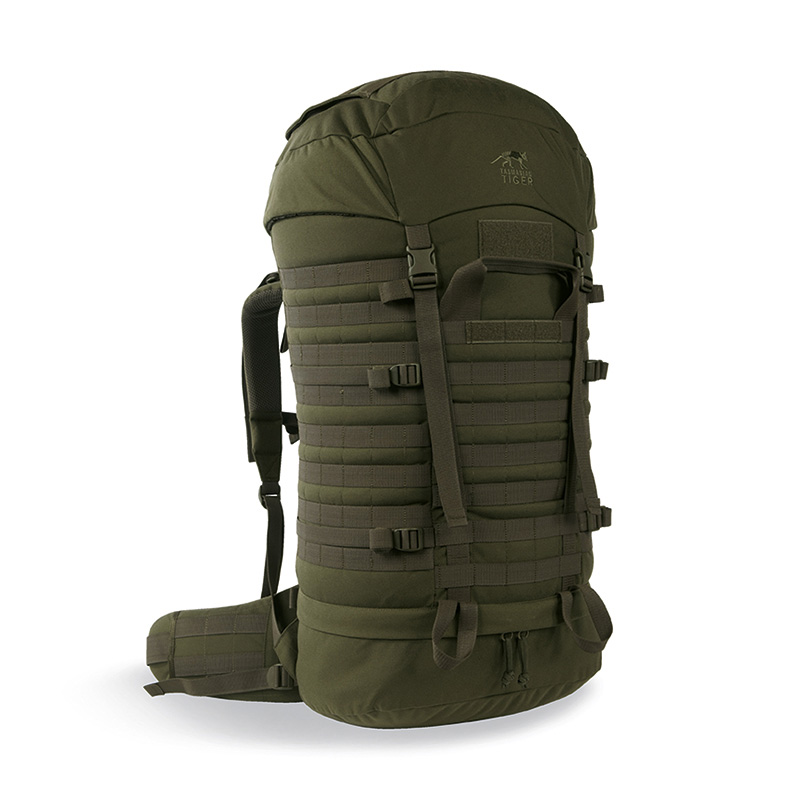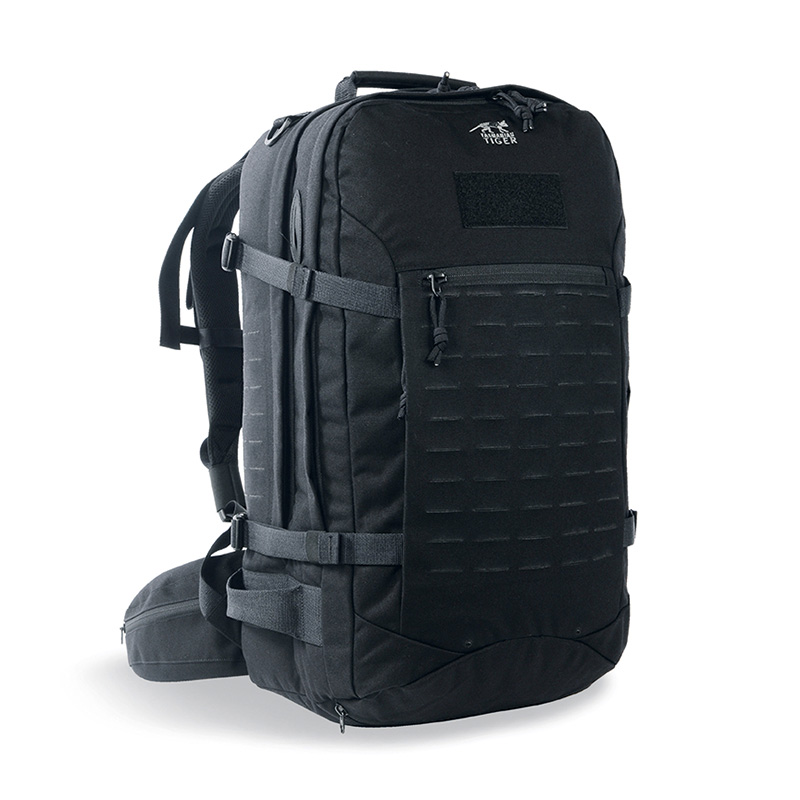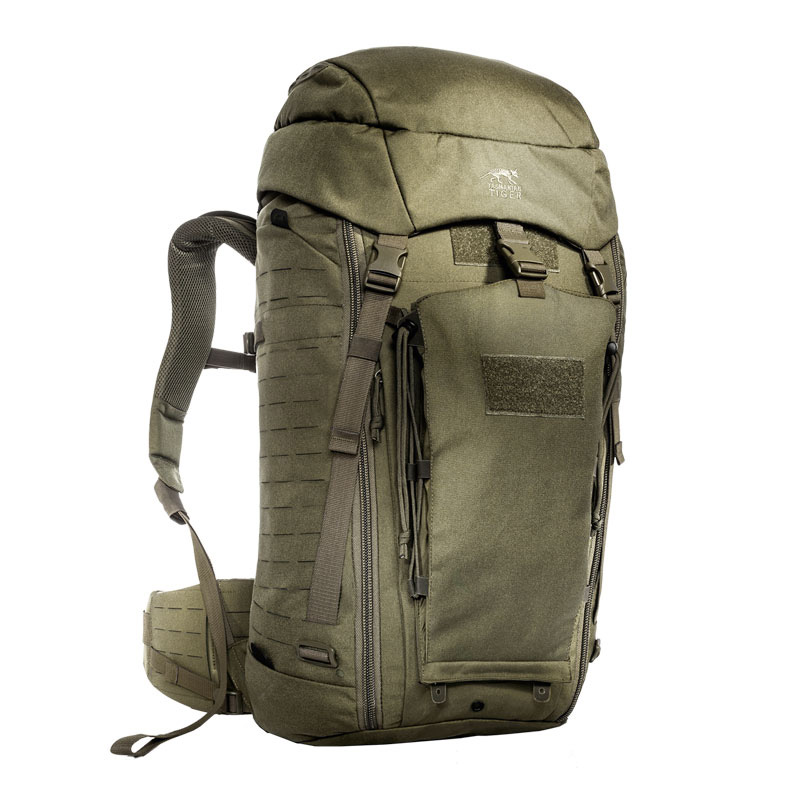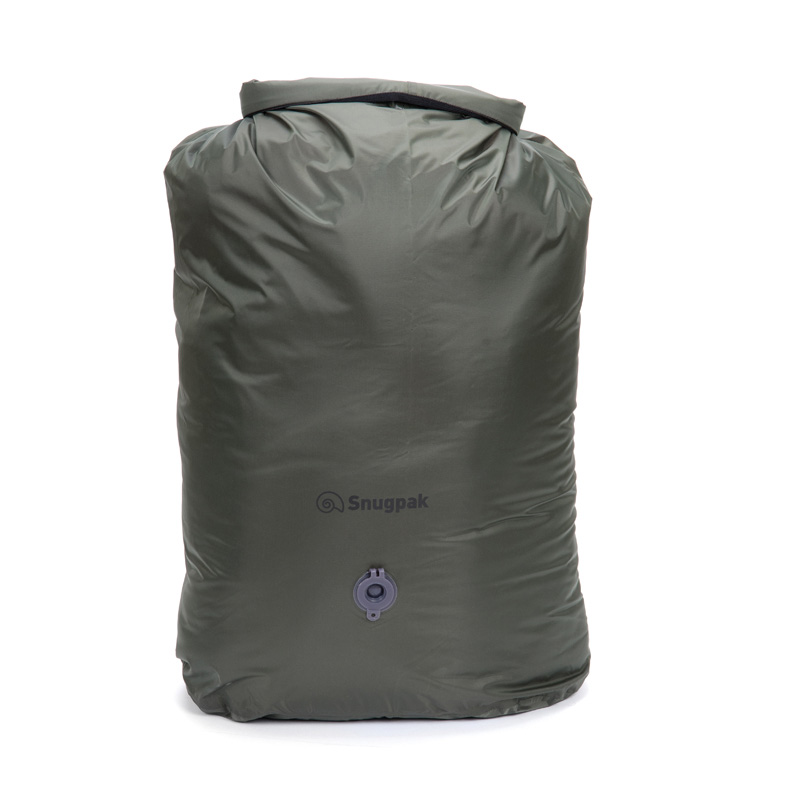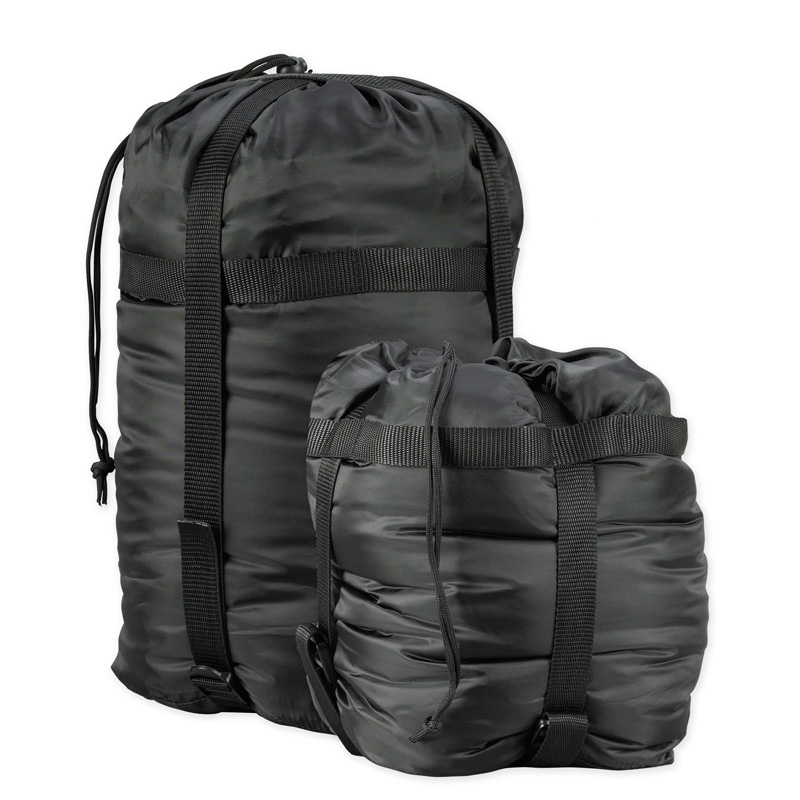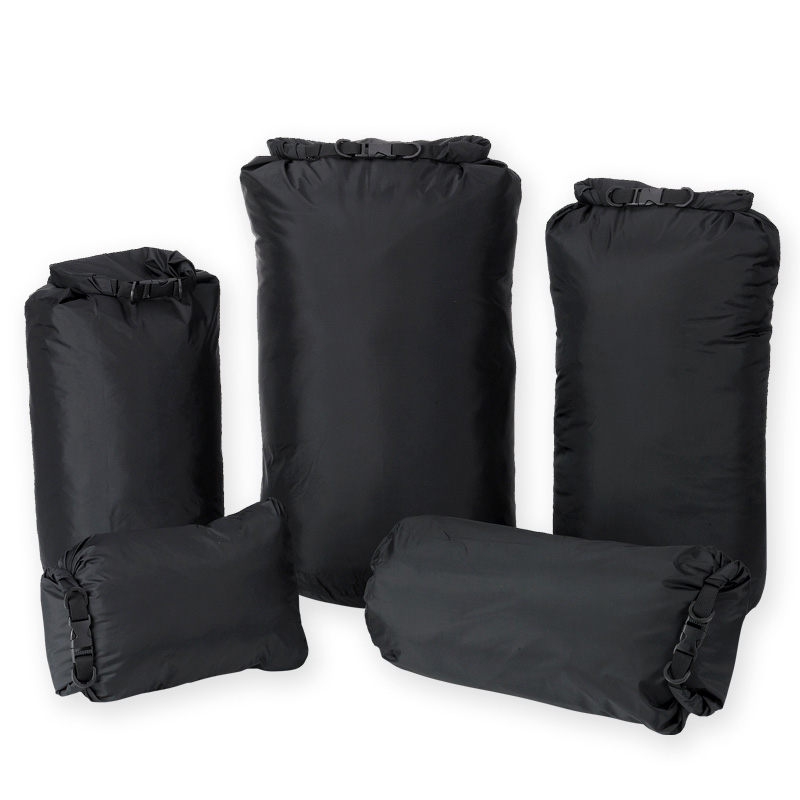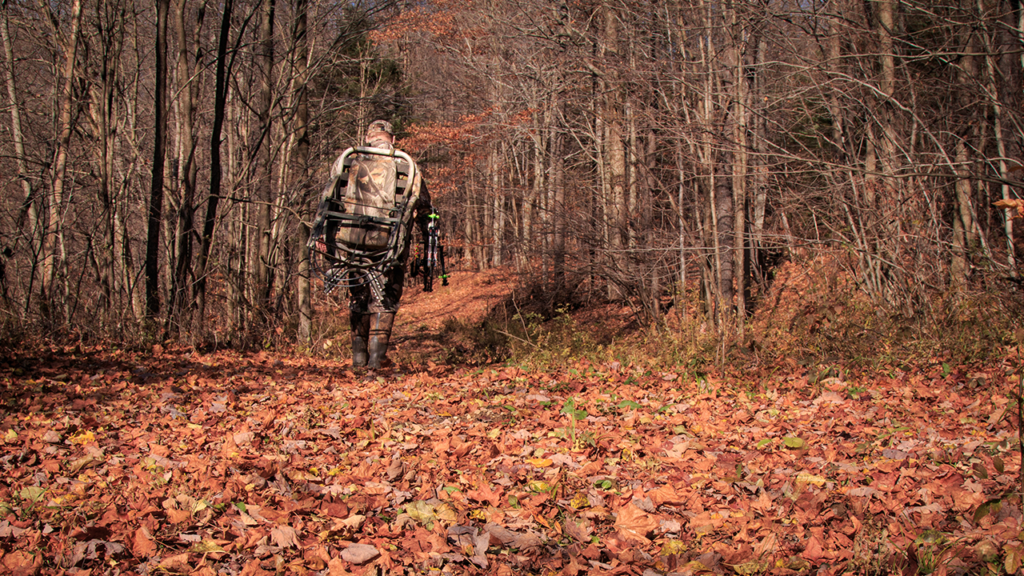How do you choose the right backpack for your next trip? Let's take a look.
Experiencing the Great Outdoors can create a unique experience each time. The sights, sounds, and smells are like nothing else. But having the right backpack can make or break an outdoor experience.
While it may seem simple to choose the right pack for your needs, there are far more features than you may have ever realized. How do you choose the right pack for your next trip? Here is all that you need to know to buy the right backpack for your next outdoor excursion.
There are three features in particular to look for: capacity, fit, and features. Those are a lot more comprehensive than you may have realized, so let’s dive into it.
#1
Types of Backpacks: Capacity
When it comes down to the capacity of the backpacks that you choose from, there are generally three options: weekend, multiday, and extended trip. It is important to know what constitutes each one so that you have a pack big enough to accommodate.
Weekend. \
The weekend pack is generally for one to three nights and can hold up to 50 liters. This is for backpackers who focus on less bulky gear. The thing to keep in mind is that, because the capacity is smaller, it requires more efficient and careful planning.
Multiday. \
This is a little more comprehensive and is generally good for three to five nights. Holding anywhere from 50 to 80 liters, these are great for trips in warm weather that will last more than a couple of days. The weight is a bit more comprehensive but not so much that it should bog you down. This is the kind of pack that would be great for multisport activities including backcountry skiing and more.
Extended Trip. \
This is for trips that will last more than five nights, offering 70 liters or more of storage. These are primarily for things such as winter treks that will last more than a day or two. It is important to have larger packs if you need things such as a sleeping bag, a tent, or extra clothing that can take up more space. These extended trip packs are also great for when young kids come since their gear can go into an adult’s pack.
#2
Backpack Fit
The fit of a backpack is one of the most important aspects of finding a proper pack. When the fit is wrong, it can create discomfort in more ways than one. There are two primary types of fit: waist and torso.
Waist fit. \
The vast majority of the weight in backpacks – as much as 80% or more – should be supported through your hips. Hip belts are generally good enough to accommodate a wide range of hip sizes, ranging anywhere from 20 inches all the way up to 40 inches and more.
Those with narrow waists struggle with the standard hip belt as they can’t make it quite tight enough, which will require a smaller size. There are some packs out there that offer interchangeable belts, which makes it more ideal for swapping one out for the other.
Torso fit. \
Since packs can come in multiple sizes, it also means potentially fitting different torso lengths. These sizes will range not only by gender but by manufacturer as well. Just make sure to check the labels for the specifics.
Some packs also have an adjustable suspension, which can make it more adaptable to fit your size. This is a good option if you tend to hike with family and share the pack. Just keep in mind that the adjustable harness adds weight to the pack.
Shop Highest Rated Backpacks and bags on Extreme Outfitters
#3
Backpack Features
While fit and size are the two most important features of any pack, it is important to know what kind of features you need as well. Different packs offer different features, so one may suit your needs better than another.
Access. \
One of the most important features of any pack is the ease of access. You want to be able to get to the items in your pack quickly and easily, sometimes without having to take it off. This is possible through a number of different access points.
Top-loading openings are one of the most standard. There is also panel access, where you can unzip the main pack without having to unload it from the tip. Just keep in mind that more access likely means a few more bucks as well.
Pockets. \
The number of pockets all depends on the backpacker. Some like more, others prefer something more streamlined. Just take the placement and size into consideration. Some pockets may be more easily accessible than others while some are meant to hold more.
Know what you want out of pockets before choosing your pack. Having smaller compartments for things such as snacks or cellphones may be important to you but not to the next backpacker.
Ventilation. \
Wearing a pack all day means having a sweaty back. But with the right ventilation, you can wear your pack and remain dry. This is tension-mesh suspension, which is softer and more flexible. There are other ventilation channels that help to keep you dry throughout the course of your hike.
Conclusion
There is a plethora of backpacks to choose from for your next trip. Finding the right size and fit are the most important as they can greatly impact the comfort of your trip. Combined with the right accessories, you can have the perfect pack for your next excursion.

